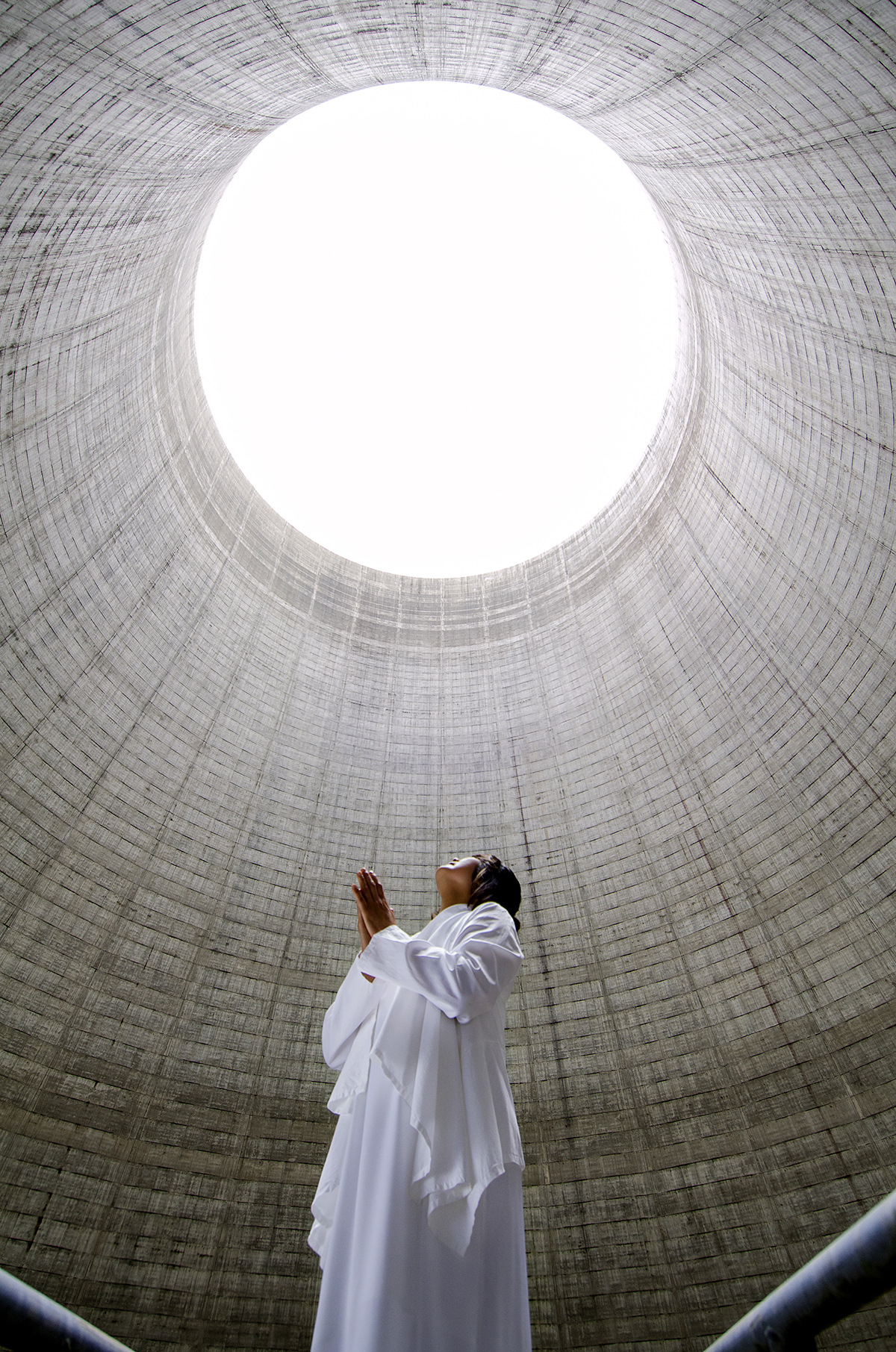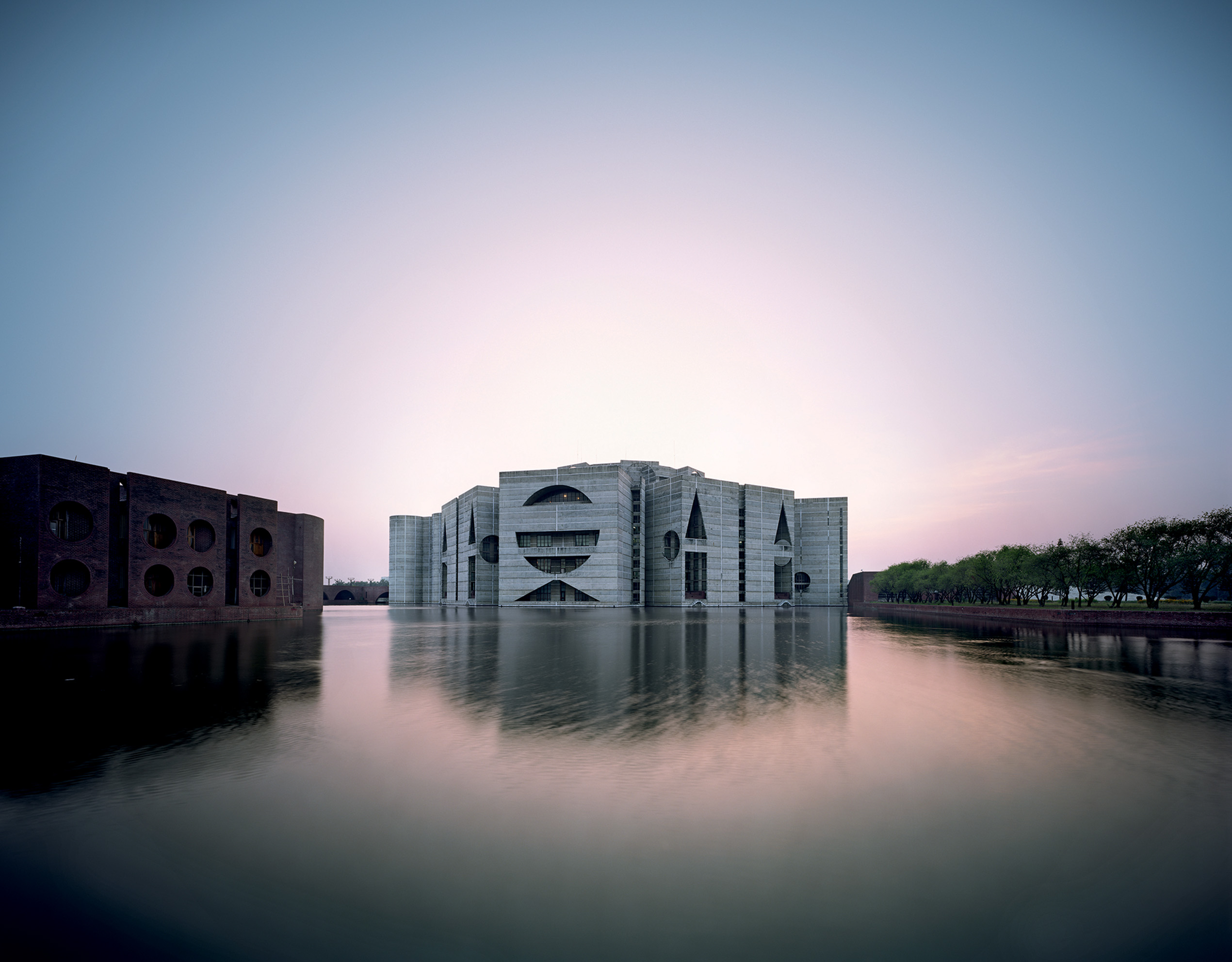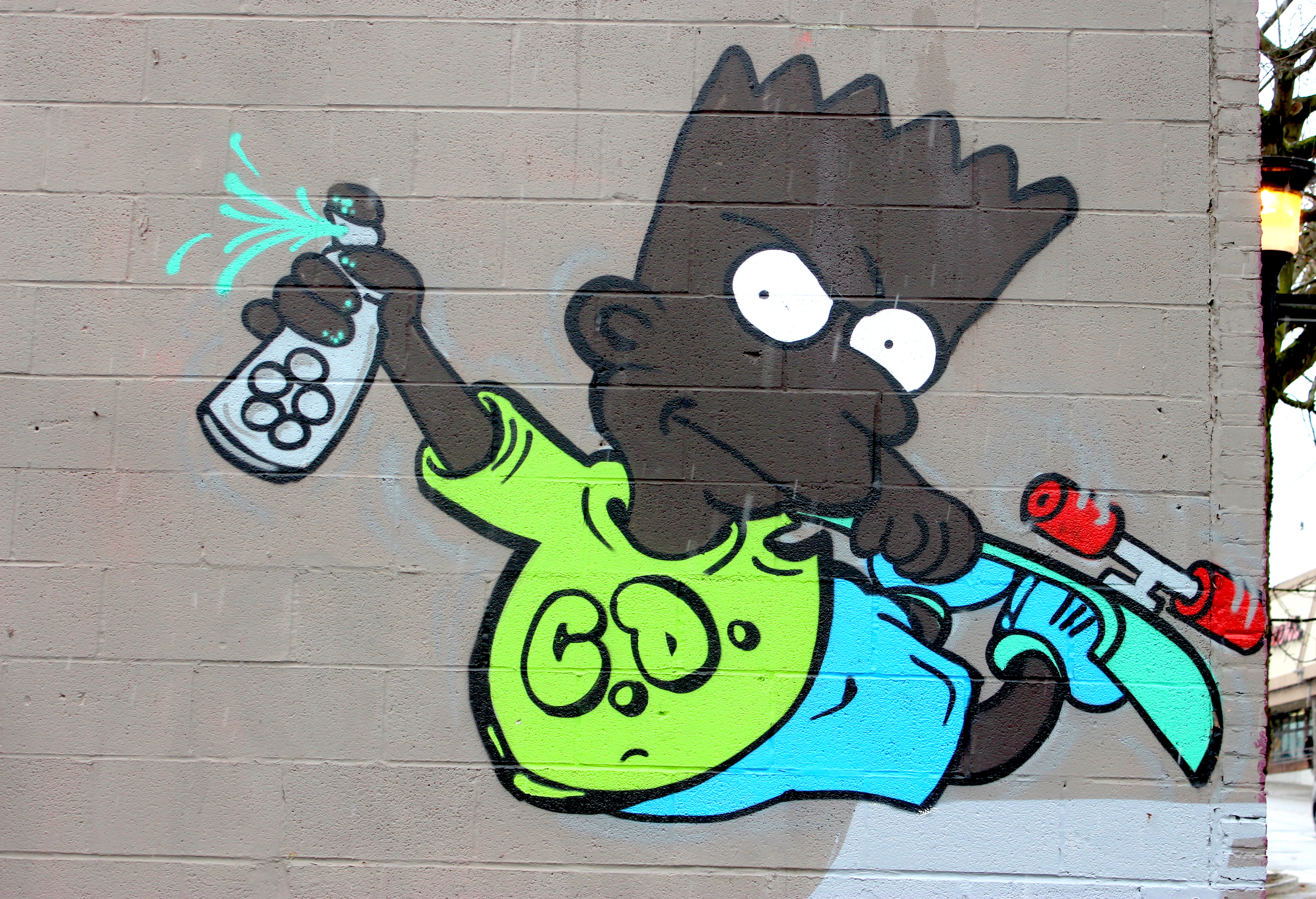For two and a half days, Seattle new-media artist Etsuko Ichikawa didn’t know if her parents were alive or dead. On March 11, 2011, the day an earthquake and tsunami hit Japan, her husband told her she should turn on the TV.
“I had no idea what I was watching,” Ichikawa recalls during a recent sit-down chat. “It said ‘Breaking News,’ with these devastating images of a tsunami eating into Japan. I thought it was a scene from the movies, or digitally made images. I immediately froze.”
Ichikawa, a Japanese native, couldn’t reach her family in Nagano due to downed phone lines. Since her parents aren’t computer users, e-mail and Facebook were useless. So she waited in limbo, watching the news, seeing the nuclear power plant in Fukushima swamped and imploding. Finally, two and a half days after the disaster struck, she heard via text message that her parents were fine.
Echo at Satsop, her short film presently playing at Jack Straw New Media Gallery, is a spiritual attempt at cleansing, she explains. Partly inspired by that terrifying time, as well as by the atomic-inflected histories of her past and present homes, the five-minute film is a haunting examination of nuclear ripples across the world.
Satsop is a small town near Grays Harbor which, during the ’70s, was one of our state’s notorious WPPSS nuclear power-plant sites—a debacle that resulted in a $2.25 billion bond default in 1982 (about $6 billion in today’s dollars). With massive cost overruns and Pennsylvania’s 1979 Three Mile Island meltdown in the news, Satsop’s two 480-foot-tall cooling towers were abandoned, and they still loom over the town’s struggling industrial park.
Ichikawa was drawn to Satsop for a couple of reasons. A musician friend told her about the cooling towers’ wonderful acoustic properties. Because of their cavernous dimensions, sound bounces off the walls with a tremendous echo.
“You are there, and you talking to me now, your voice is going to bounce back to you seven times without you even making an effort,” Ichikawa says. “The acoustic property of the space is unlike anywhere else; it feels much like being on the inside of a cathedral.”
That sacred sense is evident in Echo at Satsop, where we watch Ichikawa, dressed in white, roam the tower like a spirit. The eerie silence is interrupted only by the sound of her handclaps, which resonate boomingly, like gunshots.
Ichikawa says, “I felt that the echo of the acoustic space paralleled the echoes of nuclear [power] . . . the ripple effect that the nuclear [age] has on our generation and future generations. When you think about Fukushima, how that pollution will leak into the water, into our streams, rivers, food, and the people, its reach is quite troubling.”
Implicit in Echo at Satsop is the legacy of Hanford, another WPPSS site, which produced the plutonium for the Fat Man A-bomb dropped on Nagasaki. That was seven decades ago—while Fukushima’s leaking radiation now poisons Ichikawa’s old homeland. The parallels weigh heavily on her. In her film, we see her pour a bamboo shaft of water into the eerie, empty tower.
“In Japan, in Shinto tradition, water is used ceremonially for cleansing,” Ichikawa explains. (She also marks the ending of the film with the sound of a traditional Japanese bell.) This intermingling of Shinto ceremony, the haunting nuclear memories of Japan and Washington state, and the sheer scale of the Satsop nuclear site make for a spectral viewing experience. The Jack Straw installation amplifies the video’s spookiness by pumping Ichikawa’s handclaps through surrounding speakers that rumble deep in your gut. Radiation is toxic, malevolent, and unseen; Ichikawa’s echoing sound waves are no less invisible, yet they feel like a poignant kind of spiritual reparation.
ksears@seattleweekly.com
JACK STRAW NEW MEDIA GALLERY 4261 Roosevelt Way N.E., 634-0919, jackstraw.org, etsukoichikawa.com. Free. 9 a.m.–5 p.m. Mon.–Fri. Closing reception: 6 p.m. Tues., March 11.








